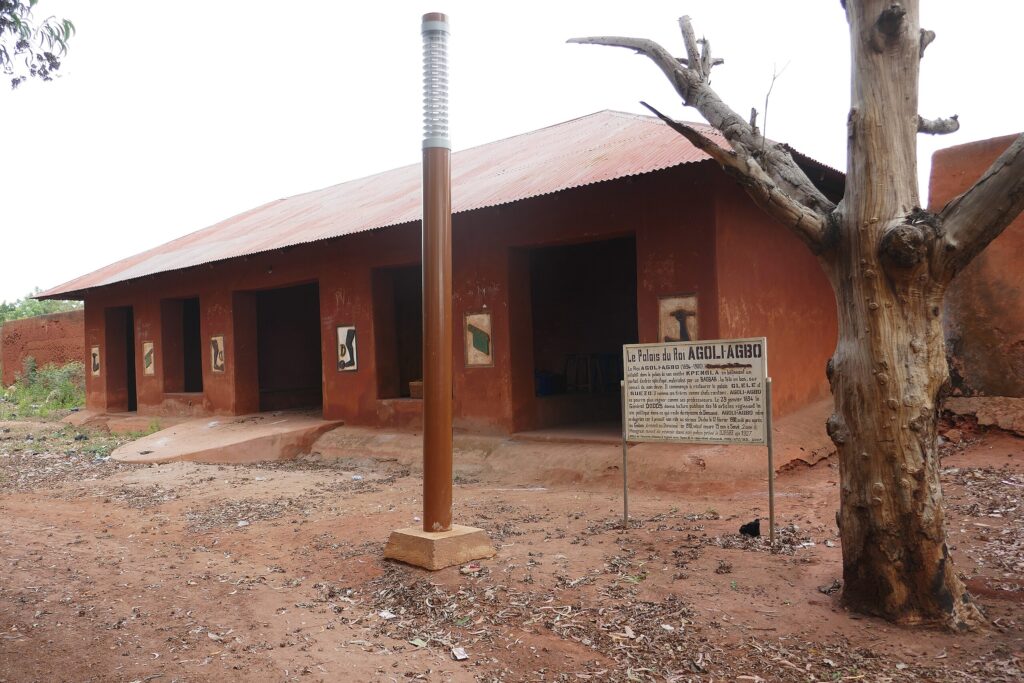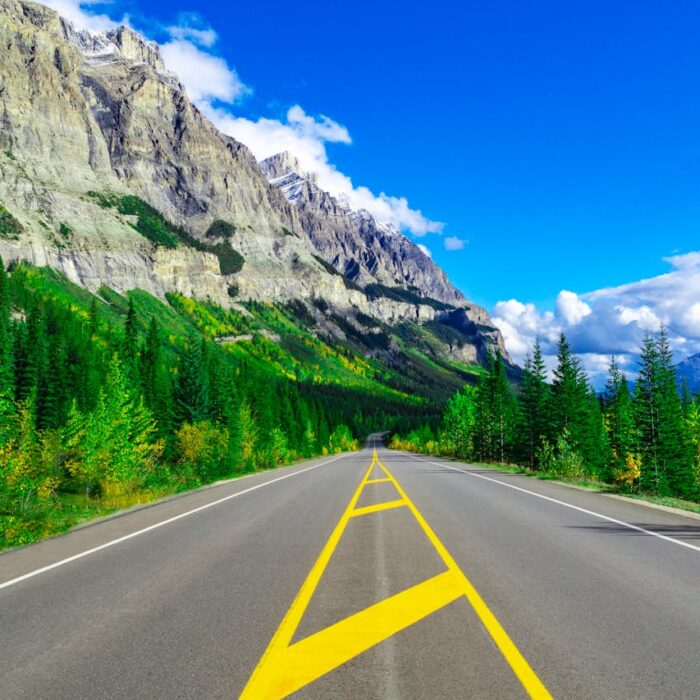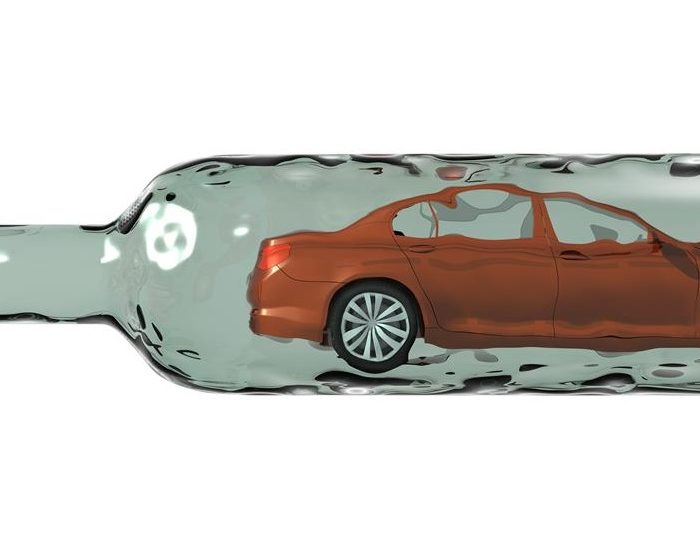Quick facts about Benin:
- Population: Approximately 14.6 million people.
- Capital: Porto-Novo (official), with Cotonou as the economic hub and largest city.
- Largest City: Cotonou.
- Official Language: French.
- Other Languages: Fon, Yoruba, and various indigenous languages.
- Currency: West African CFA franc (XOF).
- Government: Unitary presidential republic.
- Major Religion: Christianity, with significant Muslim and Vodun (Voodoo) communities.
- Geography: Located in West Africa, bordered by Togo to the west, Nigeria to the east, Burkina Faso and Niger to the north, and the Atlantic Ocean to the south. Benin features coastal plains, savannas, and hilly regions.
Fact 1: Voodoo originated in Benin
The origins of Voodoo (or Vodun) can be traced back to Benin in West Africa, where it has been practiced for centuries as a traditional religion. Vodun in Benin is deeply rooted in the culture and beliefs of the Fon and Yoruba people, who revere a complex pantheon of deities, spirits, and ancestral forces that are central to their daily lives.
In Vodun, practitioners worship a supreme deity, along with various spirits associated with natural elements such as rivers, mountains, and forests. The religion emphasizes the interconnectedness of the living, the dead, and the divine, with rituals that include music, dance, drumming, and offerings. These ceremonies aim to honor the spirits, seek protection, and maintain harmony between humans and the spiritual world.
Today, Vodun is an officially recognized religion in Benin, and the country celebrates an annual Voodoo Day on January 10th, honoring this influential spiritual tradition that is a key part of Benin’s cultural heritage.

Fact 2: Territory of modern-day Benin was once home to the Kingdom of Dahomey
The Kingdom of Dahomey was established around 1600 and centered in the region near present-day Abomey, which became its capital and a hub of political and cultural life. Dahomey was known for its highly structured society, complex political system, and formidable military.
One of the kingdom’s most famous features was its elite corps of female warriors, often referred to as the “Dahomey Amazons” by European observers. These women soldiers were rigorously trained and served as an important part of the military, known for their bravery and discipline.
In the late 19th century, after several wars with the French, Dahomey was defeated and annexed by France in 1894, becoming part of French colonial holdings in West Africa.
Fact 3: Benin has preserved many sites associated with the slave trade in the past
Benin has preserved several significant sites associated with the transatlantic slave trade, reflecting its history as a major departure point for enslaved Africans. These sites are located primarily in the coastal city of Ouidah, one of West Africa’s most infamous slave ports, where thousands of people were captured and shipped across the Atlantic from the 17th to the 19th centuries.
One of the most notable sites is the Route of Slaves, a path that traces the final steps of captured Africans before they were forced onto slave ships. The route stretches about four kilometers, from the slave market in Ouidah to the shoreline, and includes symbolic landmarks, such as the Tree of Forgetfulness, where captives were forced to walk in circles to symbolically “forget” their past. At the end of the route stands the Door of No Return, a memorial arch commemorating those who were taken away and never returned.
Benin has also preserved several historical buildings and museums dedicated to the memory of the slave trade. The Ouidah Museum of History, housed in a former Portuguese fort, offers exhibits detailing the transatlantic slave trade and its impact on African societies.

Fact 4: Benin is one of the first African countries to embrace democracy
Benin is recognized as one of the first African countries to transition successfully to a multi-party democracy after a challenging post-independence period marked by political instability and authoritarian rule.
In 1991, Benin held its first democratic elections, and Nicéphore Soglo was elected president, marking the end of Kérékou’s rule. This peaceful transfer of power was a milestone, setting an example for other African countries striving for democratic reforms. Since then, Benin has maintained relative political stability, with regular elections and peaceful transitions of power.
Fact 5: Benin is home to the largest wild ecosystem in west Africa
Benin, along with neighboring countries Burkina Faso and Niger, is part of the W-Arly-Pendjari (WAP) Complex, the largest wild ecosystem in West Africa. This transboundary protected area spans over 35,000 square kilometers (13,500 square miles) and is a UNESCO World Heritage Site. The complex includes W-Arly-Pendjari National Park, which extends across all three countries, as well as Arly National Park in Burkina Faso and Pendjari National Park in Benin.
The WAP Complex is one of the most important conservation areas in West Africa, home to a diverse array of wildlife, including some of the region’s last populations of large mammals such as African elephants, lions, leopards, cheetahs, and buffaloes. The area is also known for its rich birdlife and other unique species adapted to the savanna and semi-arid climates.

Fact 6: Around 40% of Benin’s population is under the age of 15
Approximately 40% of Benin’s population is under the age of 15, reflecting the country’s young demographic profile. Like many nations in sub-Saharan Africa, Benin has a high birth rate, contributing to a youthful population. The median age in Benin is around 18 years, significantly lower than in many other parts of the world, which indicates a rapidly growing population with a high proportion of children and adolescents.
This young population structure presents both opportunities and challenges. On one hand, it offers potential for a large workforce in the future, which could drive economic growth if well-educated and employed. On the other hand, it poses challenges in terms of providing adequate healthcare, education, and job opportunities.
Fact 7: The Royal Palaces in the capital Abomey are a UNESCO World Heritage Site
These palaces are located in the city of Abomey, which was the capital of the Kingdom of Dahomey from the 17th to the 19th centuries. The site includes twelve palaces spread over 47 hectares (116 acres), representing the powerful and organized society of the Kingdom of Dahomey, which ruled much of what is now Benin.
The palaces are notable for their unique earthen architecture, richly decorated bas-reliefs, and symbolic motifs depicting the achievements, beliefs, and power of the Dahomean kings. Each palace was built by a different ruler and reflects the kingdom’s wealth, complex social hierarchy, and connection to spiritual practices, including the Vodun religion. The Royal Palaces served as the administrative and religious heart of Dahomey, as well as the residence of the king, his family, and his officials.

Fact 8: Attitudes towards snakes in Benin are different from other countries
In Benin, particularly in the city of Ouidah, snakes are regarded with reverence and are associated with spiritual beliefs, especially in the Vodun (Voodoo) religion. The python is particularly venerated, as it is considered a symbol of strength, fertility, and protection. Ouidah is home to the Temple of Pythons, where pythons are kept and treated with care, reflecting their importance in local religious practices.
The Temple of Pythons is a sacred site where worshipers come to honor these snakes, believing them to be manifestations of the deity Dan, also known as the rainbow serpent. Dan is thought to connect the spiritual and earthly realms, and pythons are seen as intermediaries in this relationship. People in Ouidah sometimes allow pythons to roam freely at night, and if a python enters a home, it is often welcomed rather than removed, as it is believed to bring blessings.
Fact 9: In Benin, there is an air market in almost every locality
These markets are integral to Beninese culture, serving as vibrant centers for trade, social interaction, and community life. People gather to buy and sell a wide variety of goods, including fresh produce, textiles, traditional medicines, spices, livestock, and handmade crafts.
These open-air markets operate on specific days of the week, following a regular schedule, and are not just places for commerce but also important social hubs where people come to exchange news, socialize, and participate in cultural practices. Some larger markets, like the Dantokpa Market in Cotonou, Benin’s largest city, draw traders and buyers from across the country and even neighboring nations.

Fact 10: The name Benin came from the bight
The name “Benin” does come from the Bight of Benin, a large bay on the Atlantic coast in West Africa. The country adopted this name in 1975, fifteen years after gaining independence from France in 1960, when it was originally known as Dahomey—named after the Kingdom of Dahomey that had historically ruled the region.
The choice to rename the country was intended to provide a more inclusive national identity, as “Dahomey” referenced only one of several ethnic groups and historical kingdoms in the area. “Benin” was chosen because it is a neutral term with no direct association to any single ethnic group, and it reflects the country’s location along the Bight of Benin, a name that had already been in use for centuries and was familiar internationally.

Published November 02, 2024 • 8m to read





